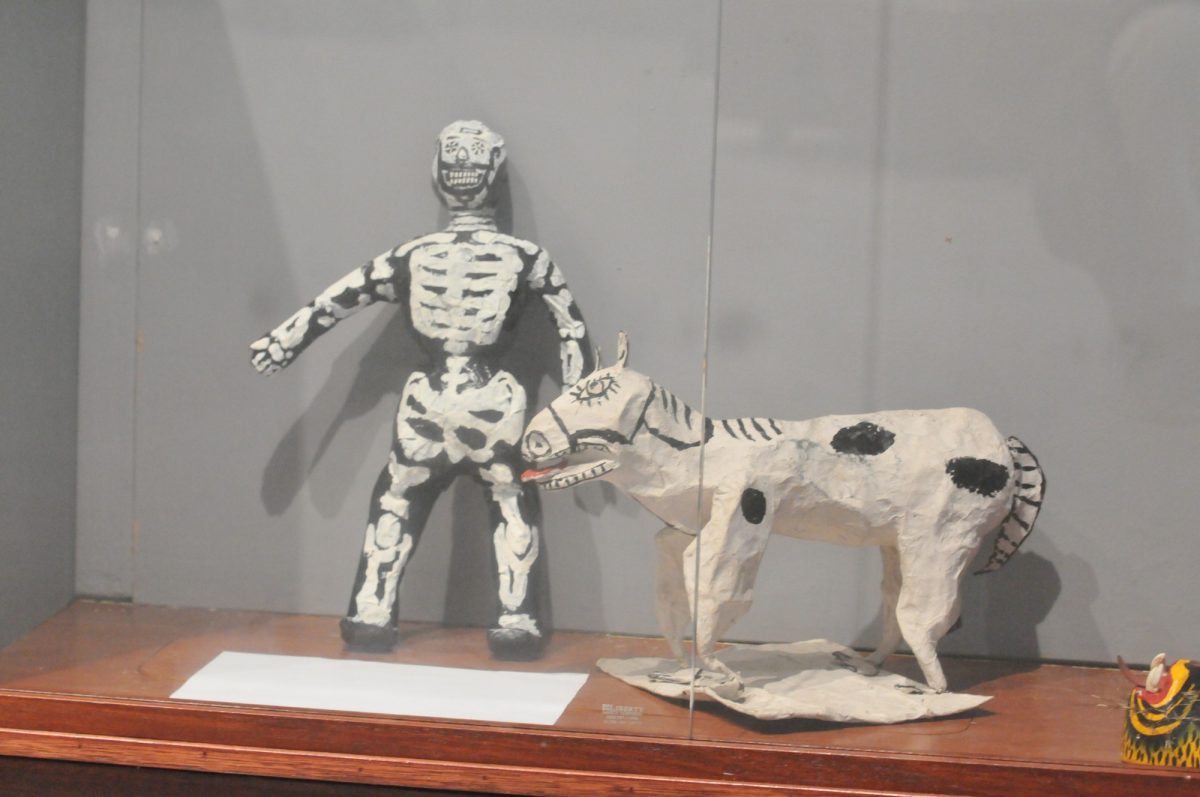The early stages of an infection are fever, headache, sore throat or rashes.
Several years later the victim begins to develop swollen lymph nodes, diarrhea, weight loss and shortness of breath.
Lastly, the immune system becomes severely damaged causing soaking night sweats, high fever, distorted vision, and in some cases death.
Since the discovery of the HIV virus, millions of people worldwide have developed signs of its infection and have been diagnosed as victims of AIDS.
According to the CNN Web site, the first sign of AIDS was traced down to a man living in the Belgian Congo in 1959.
The man was a member of the Bantu tribe and he showed up to a clinic with symptoms that resembled those of sickle cell anemia, which is a hereditary blood disease where “oddly-shaped red blood cells clump together, causing anemia, blood clotting and joint pain.”ÿÿÿ
Scientists took samples of his blood and found that it was infected by the HIV virus, which according to CNN, looks like an ancestor of subtypes found around the world today.
According to another Web site known as Aids Newspaper Archive, more signs of the HIV virus were documented in 1981 when The Centers for Disease Control and Prevention (CDC) made a large number of reports of a rare form of cancer found in homosexual males.
The HIV virus takes on several stages before it finally develops into AIDS, and in 1983 a French scientist discovered the disease.
The disease began to make its way around the world by infecting many, and in April 1987, former President Ronald Reagan declared AIDS “public health enemy No. 1” because it had taken the lives of more than 20,000 Americans. ÿÿÿÿÿ
“Since the initial discovery of the disease in January of 1981, it is estimated that AIDS has claimed more than 25 million lives worldwide, making it one of the most destructive pandemics in world history,” the Aids Newspaper Archive said.
The Archive also said that at the time of its epidemic, it was often referred to as the disease that only infected homosexual men and IV drug users, or “gay cancer” and “gay plague.”
ÿ “It’s sad that the people who were infected with HIV and had AIDS were looked at that way. It’s not like they chose to get it, and they were stuck with it and suffering from it, but I don’t think people realized that,” sophomore Juy Keo said.
AIDS continued to take the lives of its victims in the 1980s and infected celebrities such as Rock Hudson and Liberace, but the archive said that in the ’90s, one particular teen infected with the disease, Ryan White, was what really moved Americans.
The Archive said that White was a heterosexual male, and was infected with HIV when he received the blood product Factor VIII as part of his hemophilia treatment.
ÿ “Ryan worked to educate people on the nature of the disease, and to show that there was little or no danger in associating with those infected,” the Archive said. “Ryan had spent the last years of his life trying to convey, AIDS is not a ‘gay disease.'”
According to the Archive, after White’s death, a bill was signed to authorize $350 million in relief funds to the 16 cities that was affected most by the disease and the American’s with Disabilities was signed to protect people with HIV/AIDS from discrimination.
“I think today there are more people that are more accepting and care about the issue than those that feel they need to stay away from the infected, and that shows because of all the campaigns that have existed to find a cure,” Keo said.
The Unite for Children (UNICEF) Web site said that today there are more than 40 million people worldwide who are living with HIV/AIDS and about a quarter of the victims are between ages 15-24.
“Most of them don’t know they are carrying the virus. Educating young people has been targeted as a key strategy in altering the course of this epidemic,” UNICEF said.
Categories:
HIV/AIDS: From then to now
By Jennifer Hua
•
October 22, 2009
More to Discover







